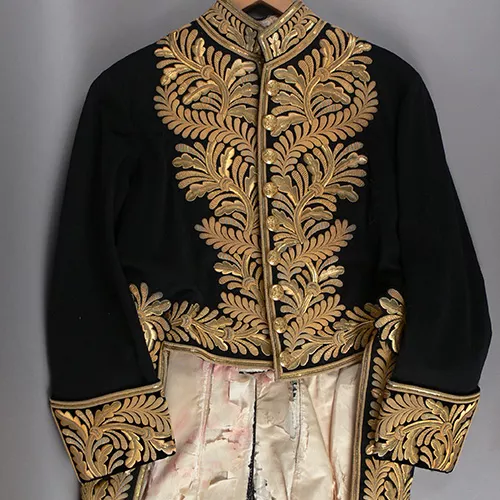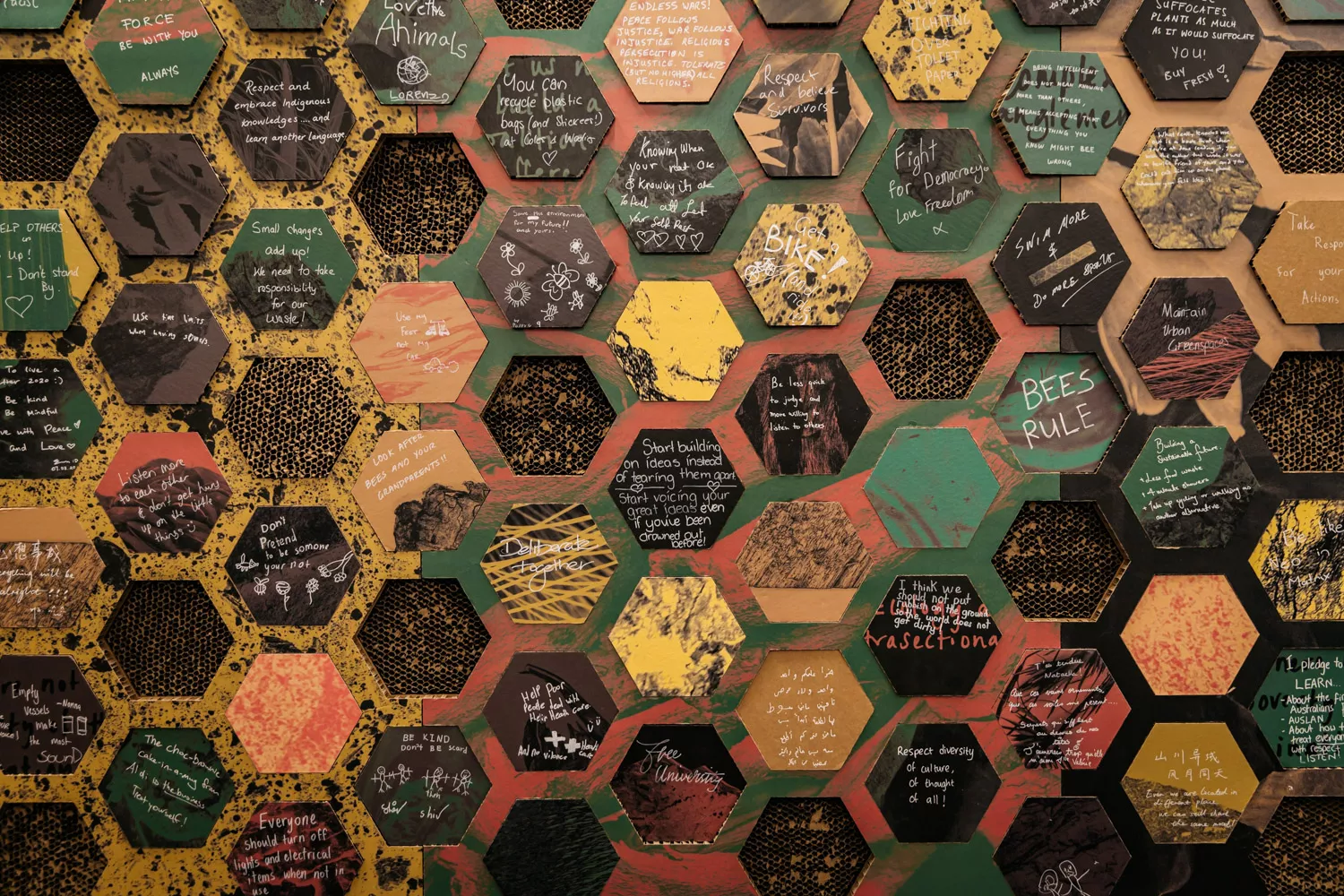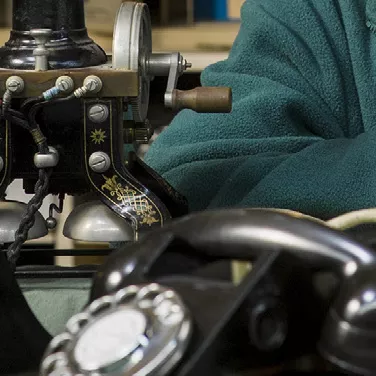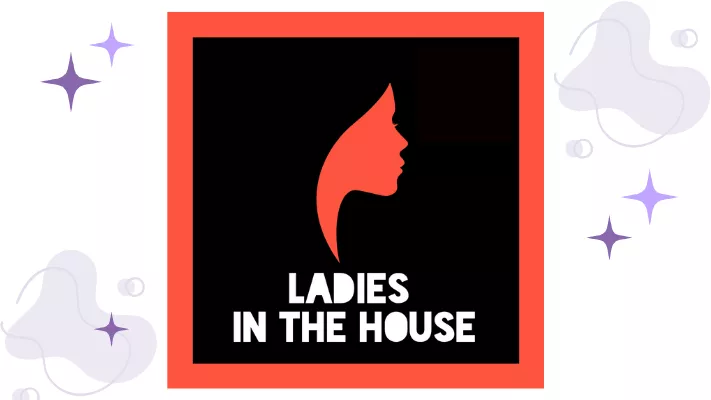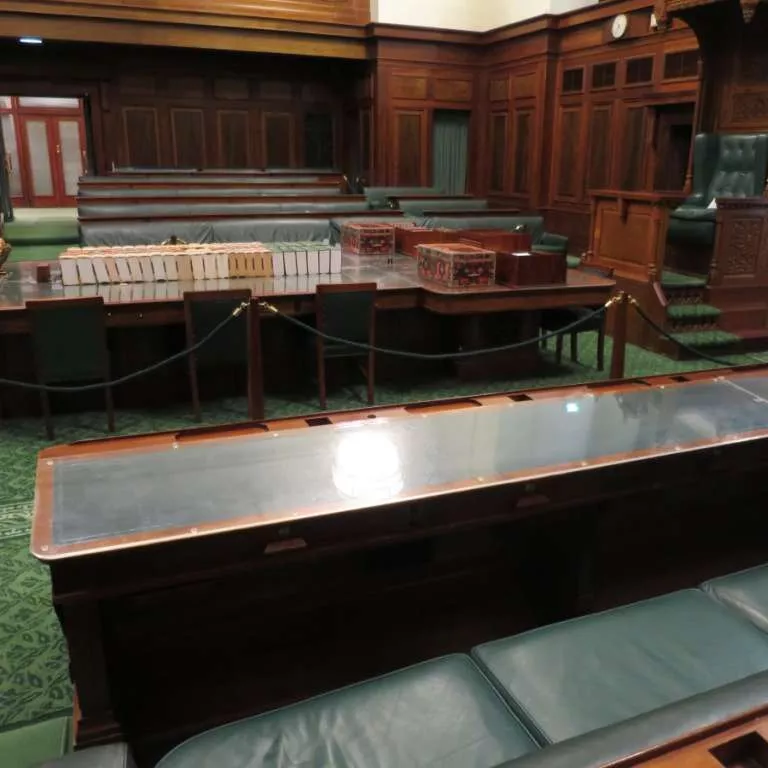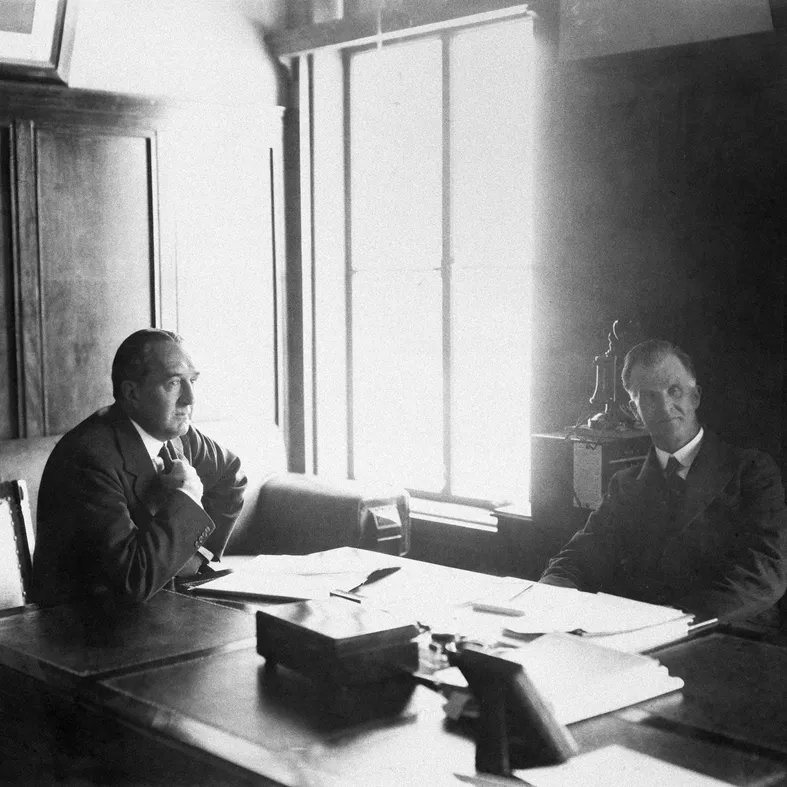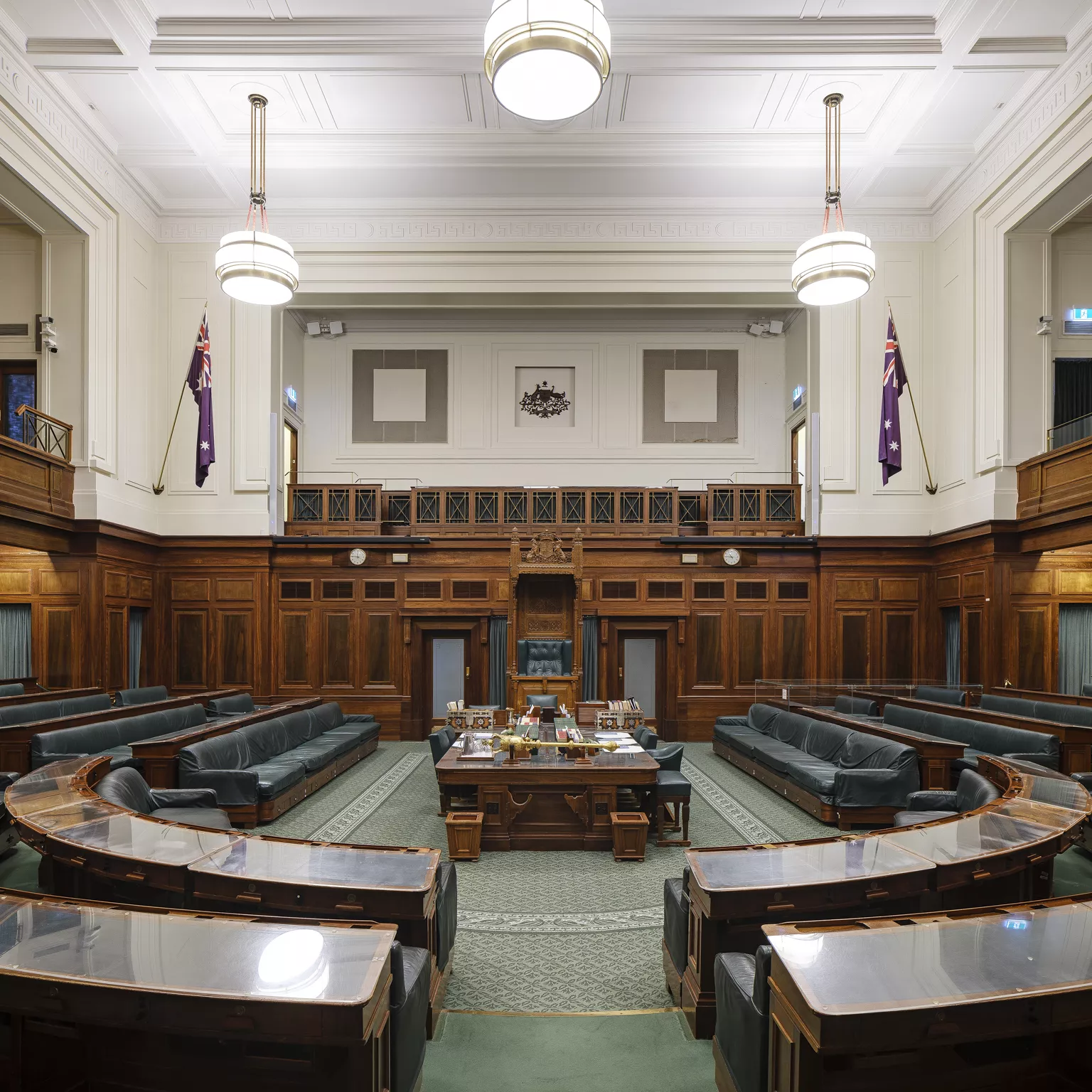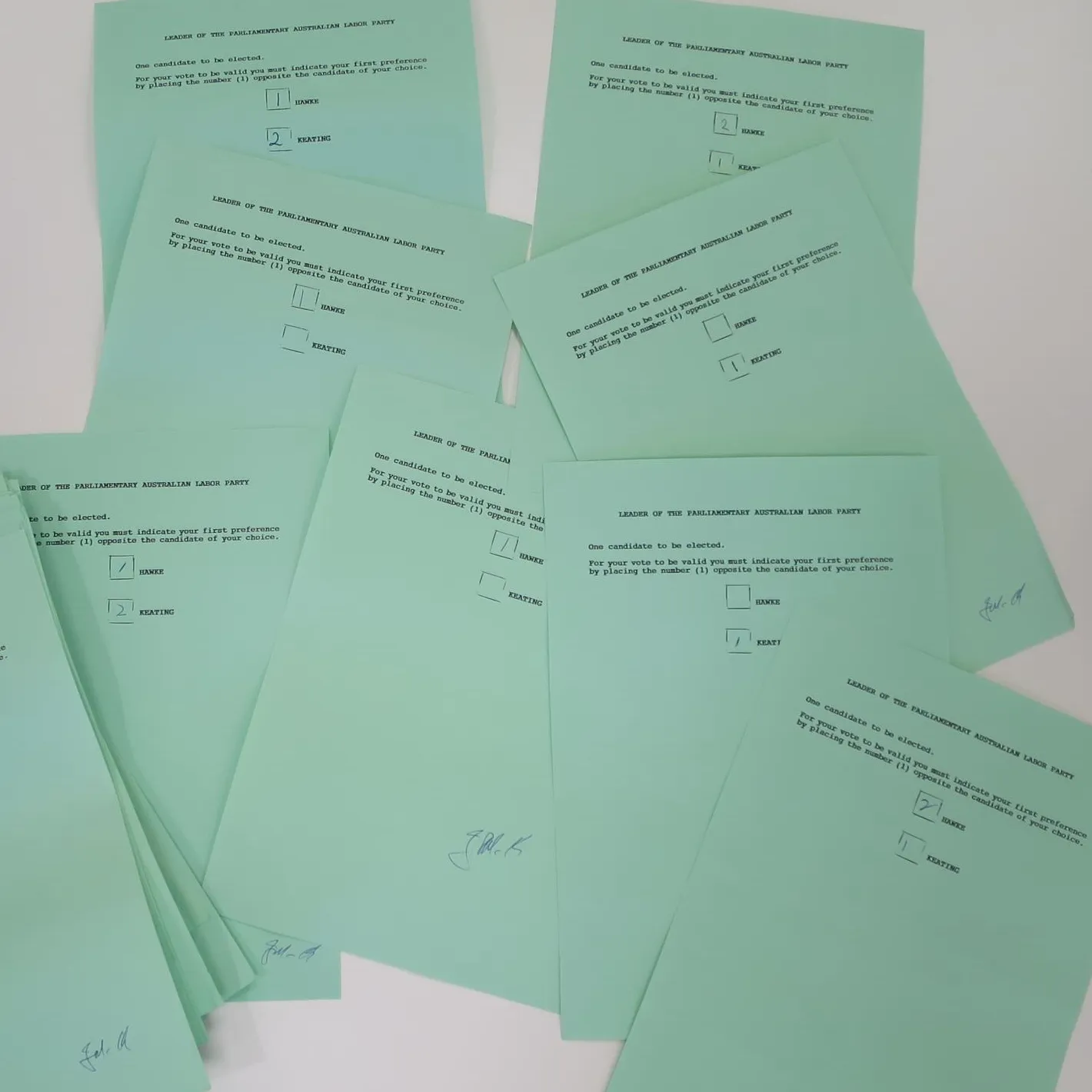The Barton coatee
Learn about the conservation of Sir Edmund Barton's coatee.
A coatee is a short jacket that someone important might wear for a special occasion. This jacket was worn by Sir Edmund Barton, Australia's first prime minister, to the coronation of King Edward VII in London.
